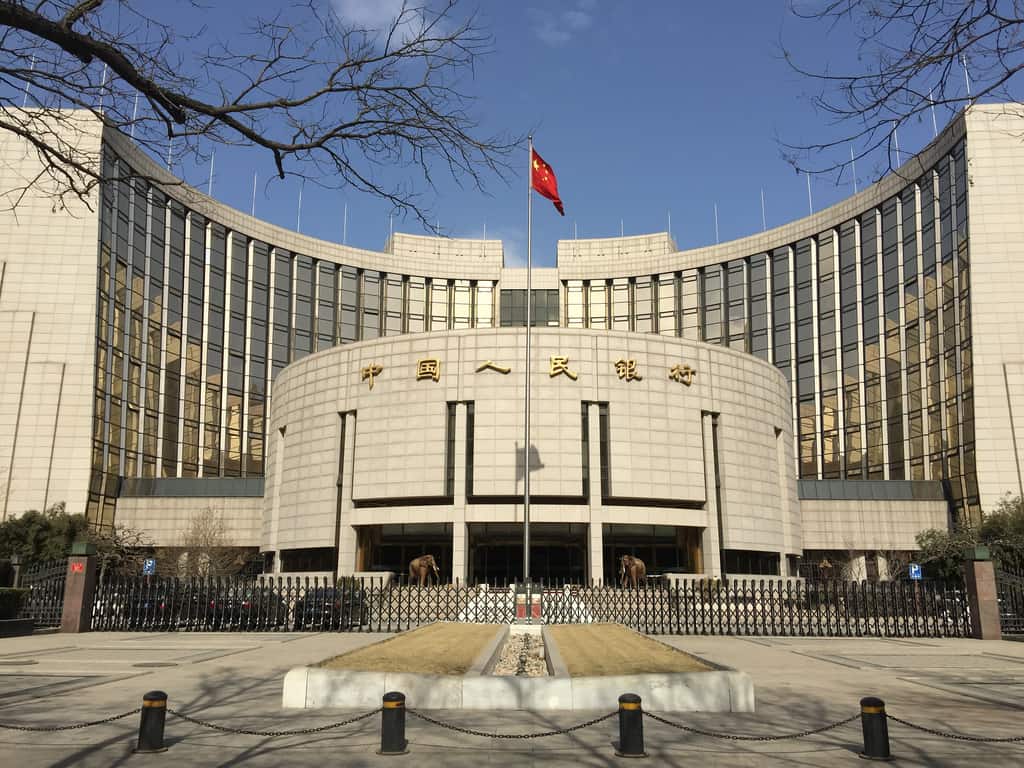The People’s Bank of China (PBOC) has been absent from reverse repo operations for the longest period in over three years.
On 10 December PBOC announced that it would not be making any reverse repos, marking the 32nd consecutive trading day of its absence from such open market operations.
The last time that the Chinese central bank refrained from making reverse repos for such a prolonged period was over three years ago in May 2015.
State media said that this absence will be soon be broken, however due to the pressure placed on banks toward the end of the year by regulatory assessments, heightened liquidity demand, as well as new deposit requirements for Chinese payments providers.
Analysts expect PBOC to maintain “rationally ample” liquidity via increased reverse repo or medium-term lending facilities (MLF).
PBOC has not made any net injections of capital via open market operations since 26 October, with a near complete cessation of short-term liquidity expansion.
While funds still remain “broadly ample,” money market rates are nonetheless trending higher. Aside from a 0.2 basis point decline in the overnight SHIBOR last Friday all other SHIBOR maturities saw an increase, with the one month SHIBOR rising 1.8 basis points, for a 12.7 basis point increase since the start of December
Kang Chongli (康崇利), chief market analyst with Liangxun Securities, said that PBOC’s sustained absence from open market operations did not signal a marginal tightening of monetary policy, but more likely portended a “contraction of the short and expansion of the long,” due to the ongoing financing difficulties experienced by the real economy despite the presence ample liquidity.
“Reverse repo operations are often used to resolve short-term financing difficulties, but it’s also easy for short-term liquid funds to flow into real estate and financing platforms instead of the real economy,” said Kang.
“Consequently the central bank could elect to reduce the reserve ratio after observing the market following suspension of reverse repos, in order to provide long-term liquidity to the market and achieve the goal of better supporting the real economy.”
In addition to PBOC’s absence from reverse repo operations, analysts say the new requirement that payments providers increase reserves to 100% of client funds and place all such reserves at a central custodian by 14 January has also put pressure on liquidity.




